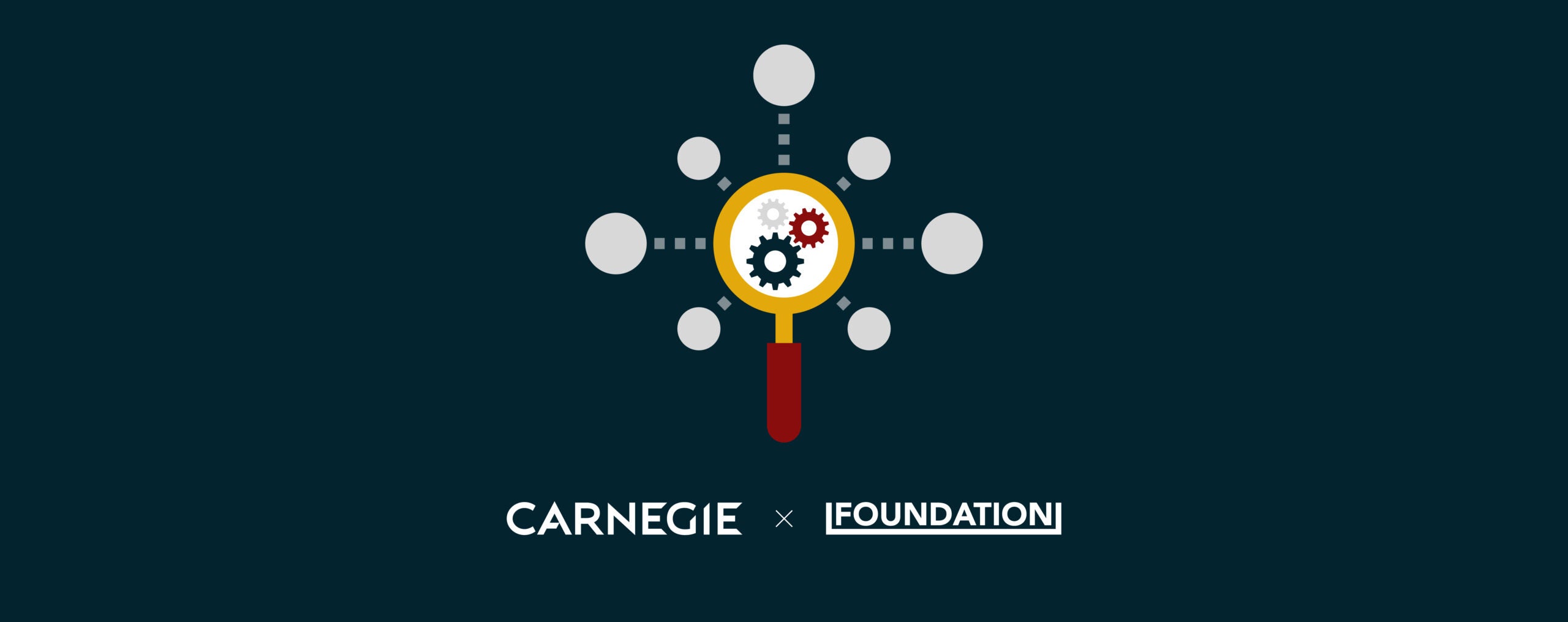 Jul 09, 2025
Persona
Jul 09, 2025
Persona
Table of Contents
- Why Colleges and Universities Need SEO Right Now
- How SEO Supports the Student Journey
- Make SEO Part of Your Enrollment Marketing Strategy
- SEO in Action: Two Real-World Case Studies
- Key SEO Tactics for Higher Ed Teams
- Treat SEO as Strategic Infrastructure
Today’s students don’t wait for college brochures in the mail. They open Google.
More than 80% of college applicants turn to search engines to explore programs, compare schools, and gather information. If your university isn’t visible in those early results, you’re missing the chance to be considered.
Search engine optimization (SEO) helps you earn that visibility.
It builds trust, drives engagement, and supports student decision-making at every stage of the higher ed recruitment funnel. When treated as a long-term, data-driven investment, SEO becomes a core part of your enrollment marketing strategy.
Why Colleges and Universities Need SEO Right Now
Prospective students, particularly Gen Z, are digital natives who seek instant, detailed information. They use search engines to quickly explore and evaluate educational options, from comparing program offerings and tuition costs to checking campus safety and student life.
Being visible in search results for these queries provides a significant competitive advantage.
At the same time, advertising costs continue to climb, making it more expensive to rely solely on paid outreach. Organic SEO traffic, by contrast, represents a sustainable and cost-effective solution. Once you rank well, you benefit from steady, long-term visibility without ongoing per-click costs.
The shift towards online-first discovery means search is often the primary method students use to find and consider colleges and universities. If your institution isn’t showing up in search, you’re not even part of the student’s initial list of schools to consider.
What’s more, student populations like graduate students, adult learners, and international applicants now rely almost entirely on digital channels to research colleges. Many of these prospects never appear on purchased student lists or attend college fairs, meaning SEO is essential to reaching these valuable audiences.
Universities that prioritize SEO gain a competitive edge by establishing early and continuous visibility. Those treating SEO as an afterthought risk falling behind as student recruitment continues to evolve. Essentially:
- Students expect answers instantly: Gen Z searches everything from programs to campus safety.
- Advertising costs are rising: Organic traffic delivers long-term value at lower cost.
- Most discovery starts in search: If you’re not there, you’re not considered.
- Graduate, adult, and international students rely heavily on search: Many don’t engage with traditional outreach channels.
Institutions that embrace SEO now can win early visibility and outperform other institutions who treat it as a secondary tactic or ignore it entirely.
How SEO Supports the Student Journey
Search behavior changes as students move from initial exploration to making a final college decision. A smart, strategic approach to SEO means aligning your content with each stage of the enrollment funnel, guiding prospective students with relevant information from discovery through to decision.
Each phase of the student journey calls for a different kind of content, and a different kind of visibility.
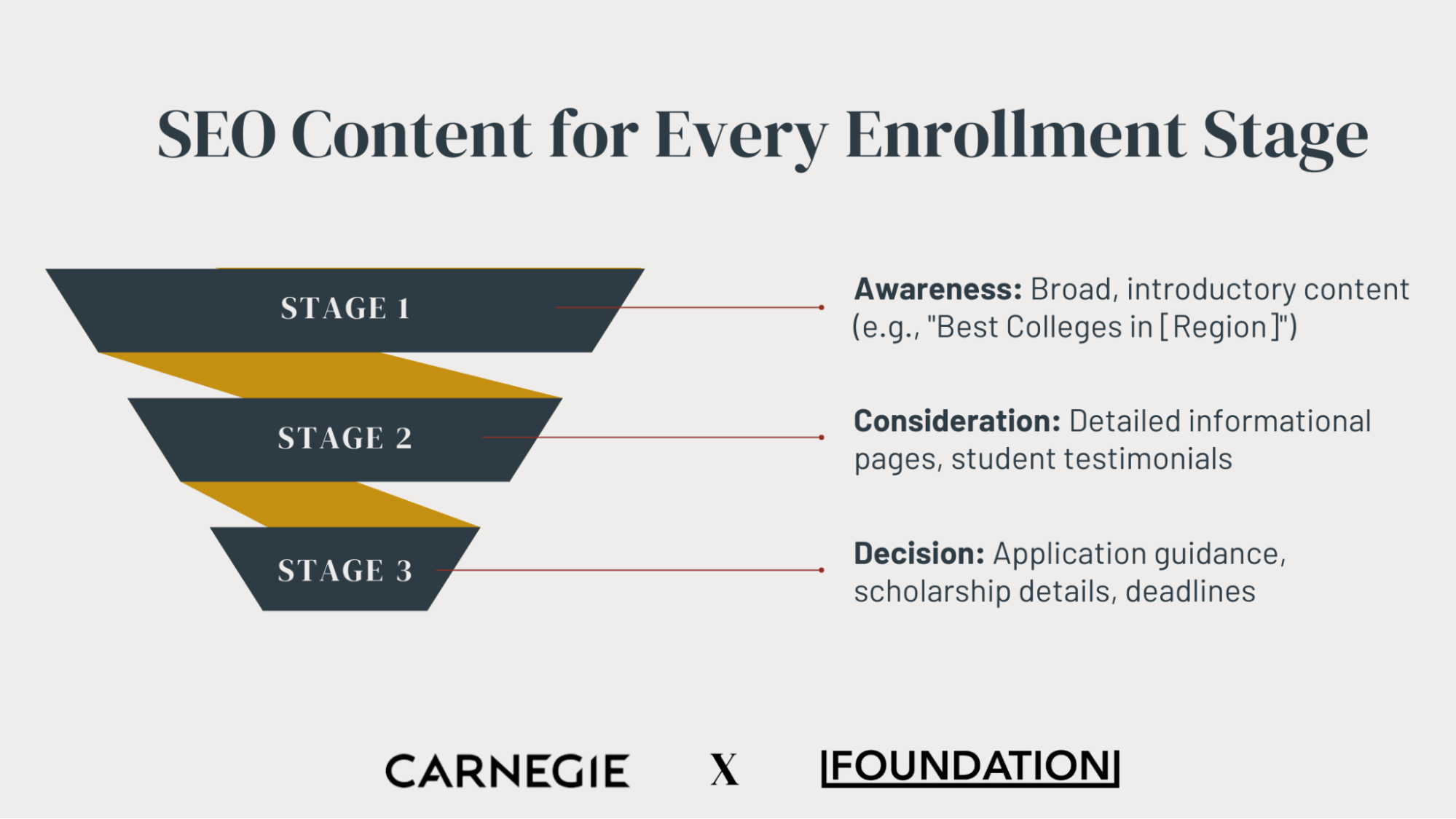
Awareness: Becoming Discoverable
The awareness stage is when students first begin exploring colleges and universities. They use broad searches like “best biology programs in the Midwest” or “college vs. trade school” to narrow their options. SEO puts your institution in front of students at the moment they begin weighing their options.
Students gravitate toward institutions that provide useful, timely information early in their search. Highlighting career paths, academic strengths, and real outcomes can move your university to the top of their list.
Consideration: Building Trust
As students move into the consideration phase, their searches become more specific. They’re looking for detailed information to differentiate schools and programs. Common questions include:
- “What’s student life like at [University]?”
- “Does [University] offer study abroad for engineering majors?”
- “[University] vs [Competitor] rankings”
A focused SEO strategy ensures that your website provides clear, accurate answers directly positioning your school as trustworthy and authoritative. Well-structured pages, strong technical SEO practices, and carefully optimized metadata help prospective students find reliable information quickly, strengthening their trust and keeping your institution at the top of their minds.
Decision: Converting Interest Into Action
When students are ready to apply, search intent narrows further. At this critical decision stage, prospective students look for practical information. To meet this intent, create landing pages and blog posts that target keywords around these topics:
- Application deadlines
- Scholarship options
- Program specific requirements
If your website content isn’t readily visible and up-to-date, you risk losing these high-intent prospects.
Clear, accurate information appearing at precisely the right moment builds confidence, encourages applications, and helps your institution secure conversions from motivated applicants.
Make SEO Part of Your Enrollment Marketing Strategy
Once the value of SEO is clear, the next step is making it part of day-to-day enrollment planning. That means building workflows, content strategies, and website structures that reflect how students actually search.
The following principles can help guide that process:
1. Align SEO With Audience Segments
Different student groups have their own search behaviors and content needs.
Traditional undergraduates might search for details about campus life, social opportunities, and housing. Adult learners typically prioritize flexible scheduling, affordability, and immediate career impact. International students often require information about visa processes, language support, and cultural integration.
To reach these varied groups, structure your website and content into clear segments. Create tailored content hubs, employ personalized calls-to-action, and optimize your pages using keywords that resonate specifically with each group’s unique search patterns and priorities. Learn more about keyword research for higher ed.
2. Treat SEO as Ongoing Infrastructure
SEO is not a static project. It requires regular attention and updates.
Search algorithms continuously evolve, and student search behaviors shift over time. Regularly refreshing your website content, monitoring technical SEO performance, and tracking rankings and user engagement metrics are all essential parts of keeping up.
Staying active with these updates keeps your content accurate, your site running smoothly, and your institution easier to find. The more consistently you maintain your SEO, the more dependable your online presence becomes, for both students and search engines.
3. Use Data to Drive Content Strategy
Successful SEO begins with data-driven insights.
Certain tools can help colleges and universities identify the exact queries prospective students are searching.
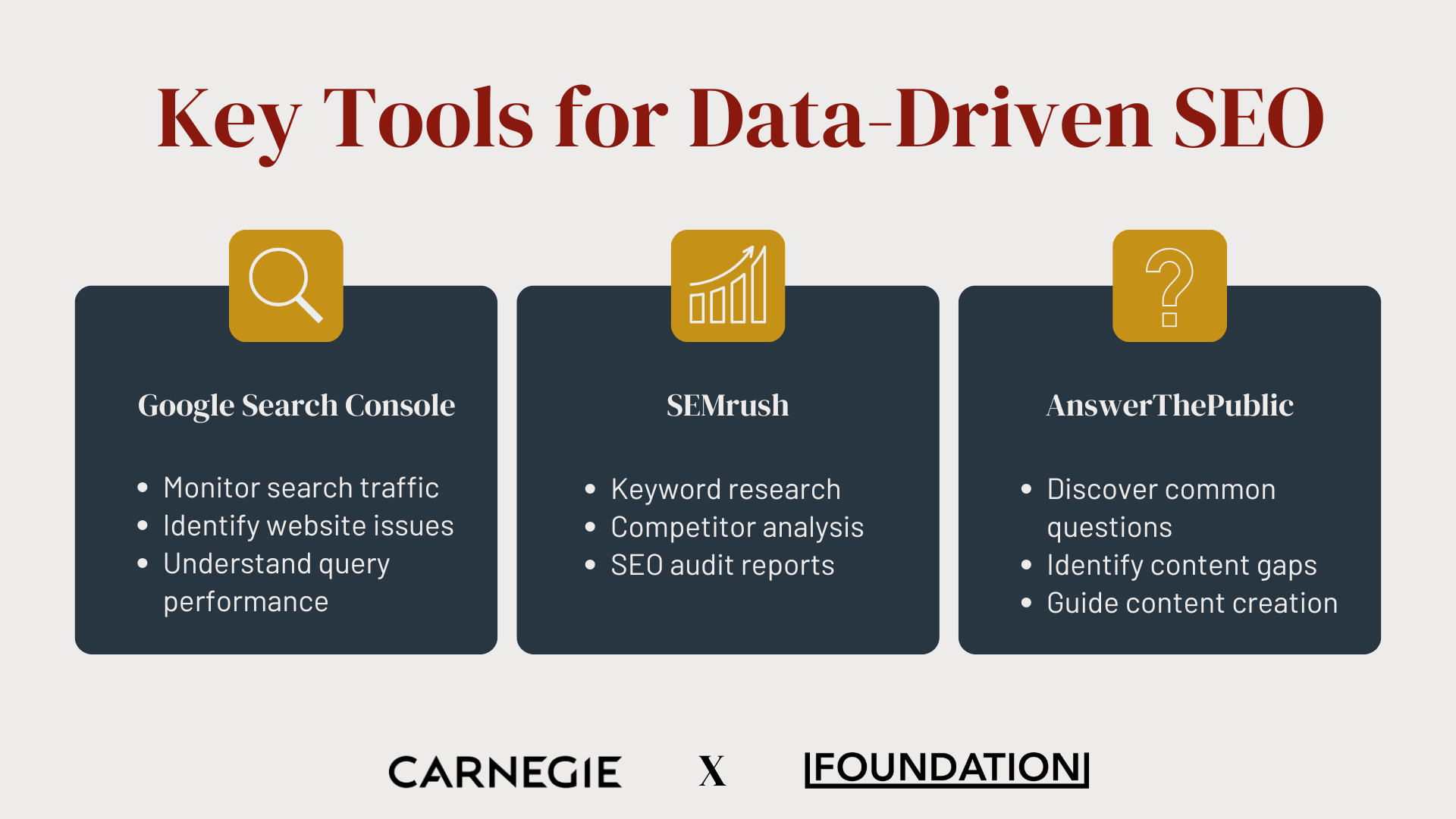
Here are a few examples of the kinds of SEO tools you can use:
- Google Search Console will let you know exactly which queries are bringing users to your site, helping you understand what’s driving traffic and what content needs improvement.
- SEMrush provides detailed keyword research, competitor analysis, and search trend data, giving you insights into which topics prospective students search most frequently.
- AnswerThePublic offers visual representations of common questions and search phrases, highlighting content opportunities and gaps.
With these insights in hand, higher ed institutions can prioritize content that addresses real student needs and strengthens enrollment marketing.
SEO in Action: Two Real-World Case Studies
The impact of SEO is easiest to understand through real-world results.
Here are two examples of how universities used SEO to improve visibility and enrollment outcomes:
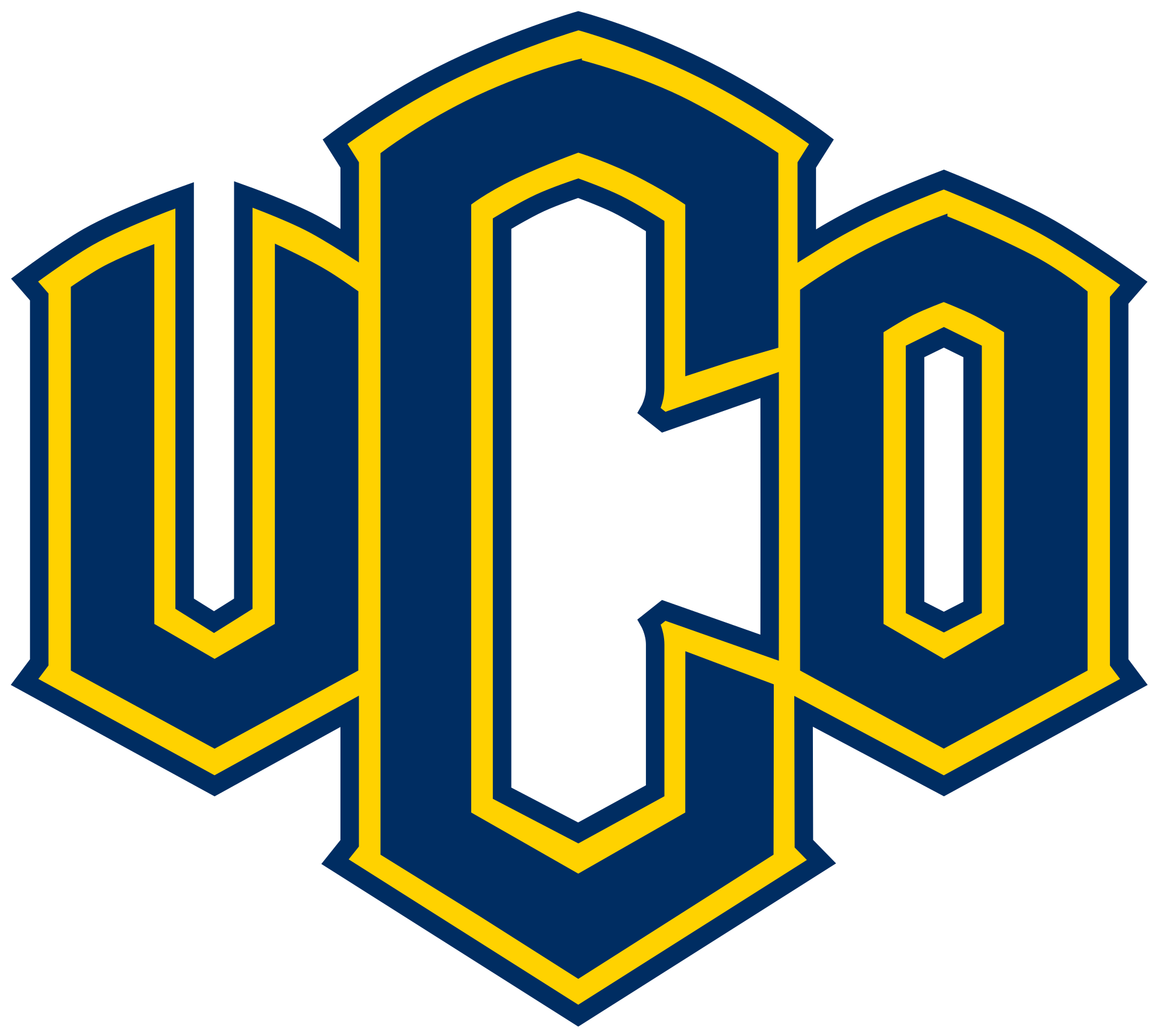
University of Central Oklahoma: Boosting Online Program Visibility
The University of Central Oklahoma (UCO) faced visibility challenges for their online program pages, primarily due to duplicated content and insufficient differentiation from their on-campus offerings. This confusion negatively impacted their search rankings, causing their online programs to be overshadowed and difficult for prospective online students to find.
What they did:
- Conducted comprehensive keyword research to identify terms specifically used by prospective online students.
- Completely rewrote content for online programs, emphasizing flexibility, career outcomes, and unique benefits for online learners.
- Enhanced page structure and metadata to clearly differentiate online offerings from on-campus programs.
The result:
- 201% increase in organic traffic to online program pages.
- 386% increase in Google search impressions, significantly boosting visibility.
- Major improvements in keyword rankings for critical online-related search queries.
These focused SEO improvements let UCO dramatically improve the visibility of their online programs, attract more targeted traffic, and effectively connect with prospective students seeking flexible online education options.

La Verne College of Law: From Invisible to Discoverable
The University of La Verne College of Law used to be very hard to find for prospective law students searching for Southern California law schools. The university’s website struggled with significant technical issues, such as broken links, duplicate content, and insufficiently detailed program pages. As a result, they were missing opportunities to connect with potential applicants searching online.
What they did:
- Completed a thorough technical SEO audit that revealed over 25,000 website issues needing correction.
- Optimized existing pages and created entirely new ones focused on specific programs like Juris Doctor, dual degrees (JD/MBA, JD/MPA), and local search terms like “law schools in Southern California.”
- Enhanced their Google Business Profile by updating photos, service areas, and posting regular announcements about information sessions.
The result:
- Achieved #1 rankings for 15 highly relevant keywords.
- Experienced a 22% increase in visibility and interactions through their Google Business Profile.
- Traced 44 new applications directly to interactions with their improved Google profile, clearly demonstrating the impact of improved local and organic search presence.
That last statistic is the most telling.
It’s a strong reminder that SEO contributes to more than rankings. It helps connect your institution with students who are actively looking for the right fit, and gives them the information they need to take the next step.
Key SEO Tactics for Higher Ed Teams
You don’t need to master every SEO tactic—but your team or partners should be fluent in the essentials.
The following areas represent essential building blocks for making your website more visible, useful, and competitive in search:
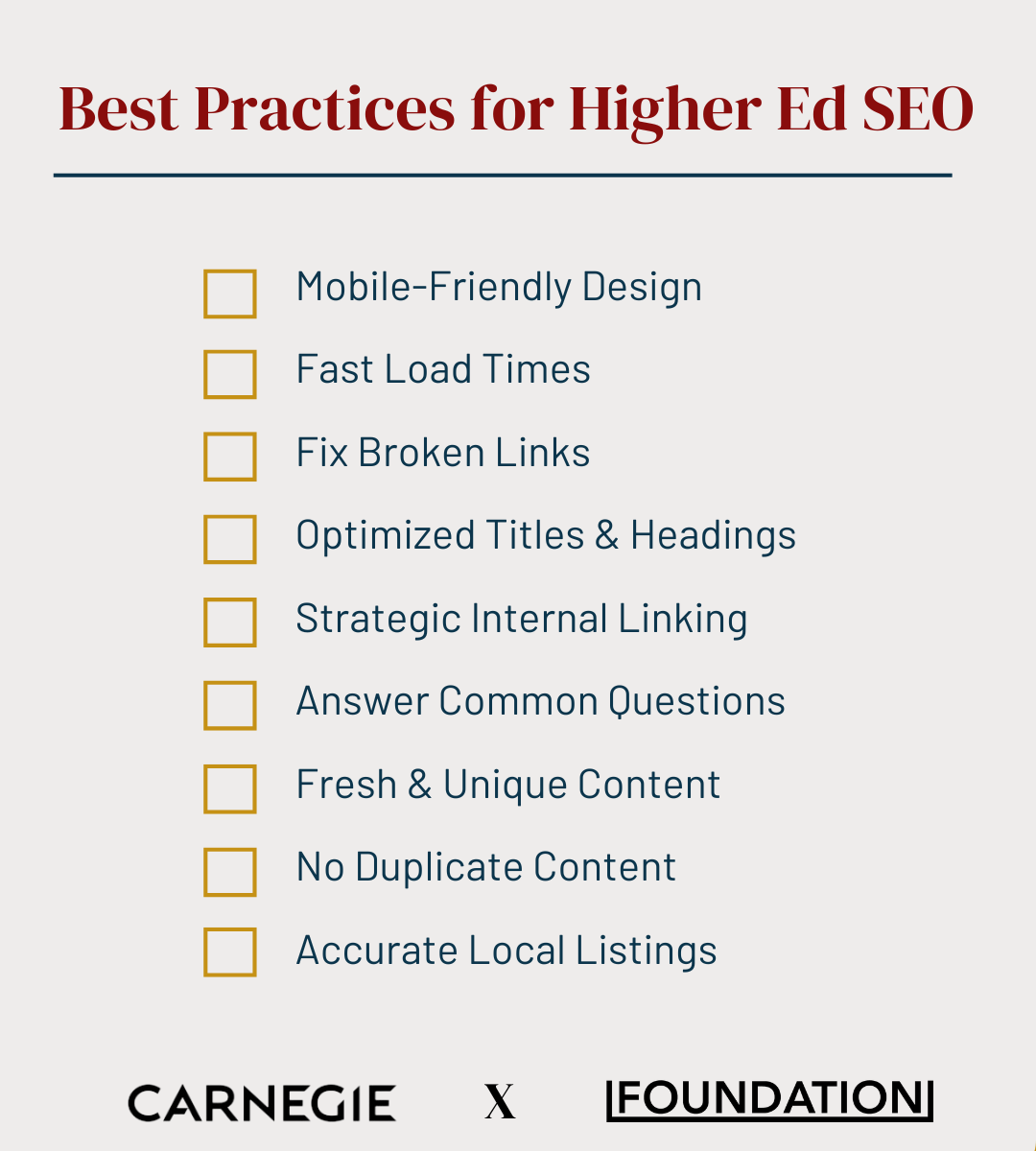
Technical SEO
Technical SEO is the foundation that helps search engines discover and index your site. Even if you aren’t a developer, focusing on a few key technical basics will make your institution’s website easier to find and use.
Keep these tips in mind so your site runs smoothly for both students and search engines:
Mobile-Friendly Design
Make sure your site works great on smartphones and tablets. Google now indexes the mobile version of websites, and many prospective students will explore your site on their phones. A responsive design is essential.
Fast Load Times
Increase page speed by compressing images and cleaning up code. Over half of users leave if a page takes more than 3 seconds to load, so speed matters.
Fix Errors and Broken Links
Use a tool like Google Search Console to catch broken links or pages that throw errors. A site with no dead-ends keeps visitors happy and signals to search engines that your site is well-maintained.
On-Page SEO
On-page SEO means tweaking the content of your webpages so both students and search engines immediately understand them. In higher ed, this ensures your admissions information, financial aid resources, and academic program pages are clear, relevant, and easy to find.
Titles & Meta Descriptions
Give each page a unique title tag and a brief meta description that sum up its content.
For example, use a title like “Biology B.S. | XYZ University” and a short summary of the program as the meta description. These show up in search results, so include a relevant keyword and make them compelling to encourage clicks.
Use Clear Headings
Use a logical heading hierarchy on each page (H1 for the main title, H2/H3 for subsections). This makes content easy to scan and helps search engines grasp your content structure.
Internal Linking
Link related pages together (for instance, a program page linking to its application form). This keeps students on your site longer and helps search crawlers reach all your important content.
Content Optimization
Content optimization is critical in higher ed marketing. Creating content that answers students’ questions and showcases your institution’s strengths will boost your SEO rankings and build trust with your audience.
Answer Student Questions
Identify the common questions students and parents ask, and create content that answers them directly.
If prospective students frequently search “How do I apply for financial aid at [Your University]?” make sure you have a page or blog post that addresses exactly that. Using the actual question (and its keywords) in your content increases the chances you’ll match those queries in search.
Keep Content Fresh & Highlight Strengths
Regularly update important pages (program info, tuition, deadlines) to keep them current.
Also showcase what makes your college or university special. Share a student success story or a faculty achievement. Fresh, original content signals to search engines that your site is active and authoritative, and it gives visitors more reasons to engage.
Avoid Duplicate Content
Each page should have unique information. Don’t reuse the same text on multiple pages. If two pages cover similar ground, consider merging them into one. This way, search engines won’t get confused and visitors get everything they need in one place.
Local and Map-Based SEO
Local SEO ensures your campus shows up when students search in your area (think “colleges near me” or “[City] university”). Because many students study close to home, optimizing for local search and maps is essential for higher education marketing.
Google Business Profile & NAP
Claim your institution’s Google Business Profile and keep its details up to date. Make sure your name, address, and phone (NAP) are consistent on your site and across the web. Accurate information helps your college show up in Google Maps and local searches, so prospective students can easily find or contact you.
Location Pages & Local Keywords
If your institution has multiple campuses, create a page for each location with that campus’s address, contact info, and unique details. Include city or neighborhood names on these pages to boost your chances of ranking for searches like “colleges in [City].”
Local Partnerships
Build relationships in your community to earn local mentions or backlinks. For example, sponsor a community event or partner with a nearby organization. These local signals strengthen your site’s authority for regional searches.
Treat SEO as Strategic Infrastructure
SEO is the backbone of digital visibility.
It supports how students discover your institution and make informed decisions. When your higher ed website answers the right questions, ranks for the right terms, and delivers a great experience, everything else in your marketing strategy works more efficiently.
If you want…
- More inquiries without increasing ad spend
- Higher quality traffic from motivated prospects
- Long-term visibility for your programs and brand
…then SEO isn’t optional. It’s fundamental.
Start by auditing your current visibility. What do students see when they search for your programs? What don’t they see?
Then use data—real search behavior, rankings, conversion analytics—to shape a roadmap.
Because in the end, the schools students find are the schools they choose. And search is where they start.
Want to make sure students find your institution and choose it? Start a conversation with Carnegie to build an SEO strategy that delivers lasting results.
